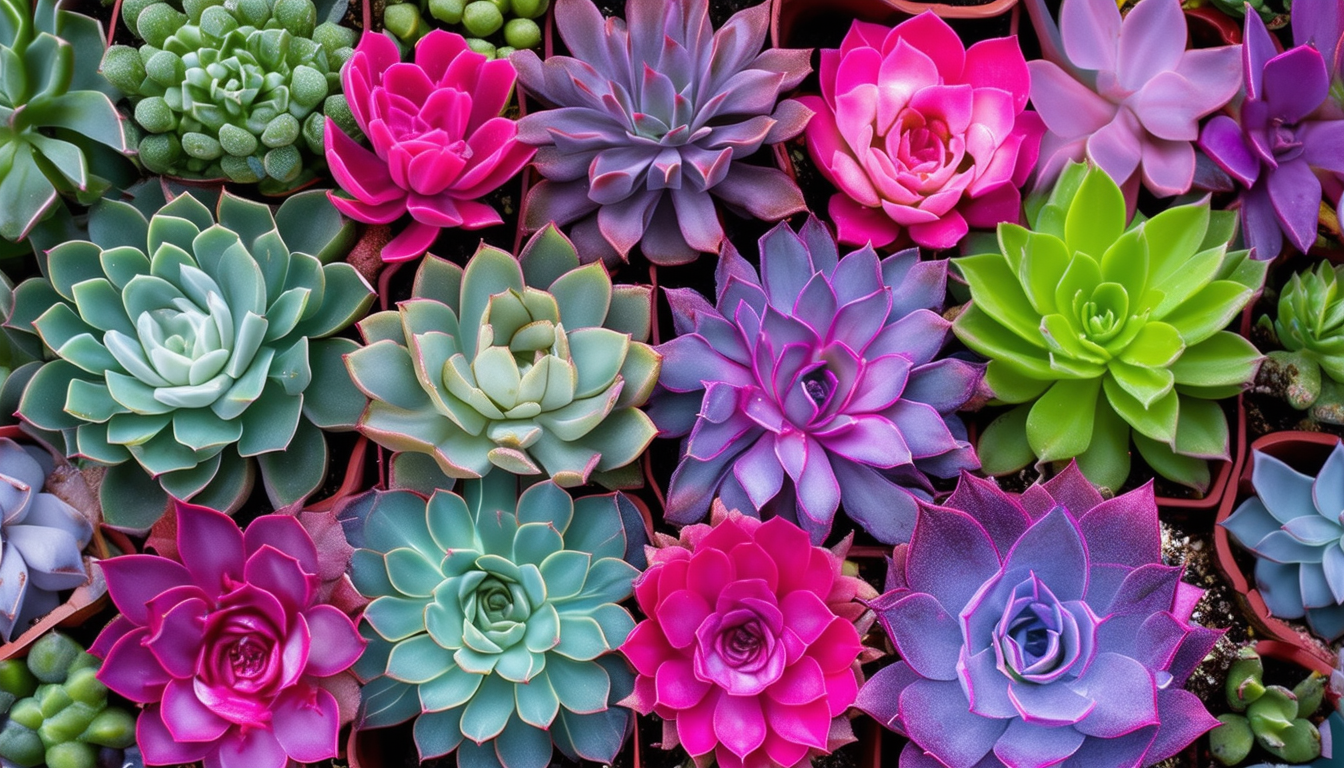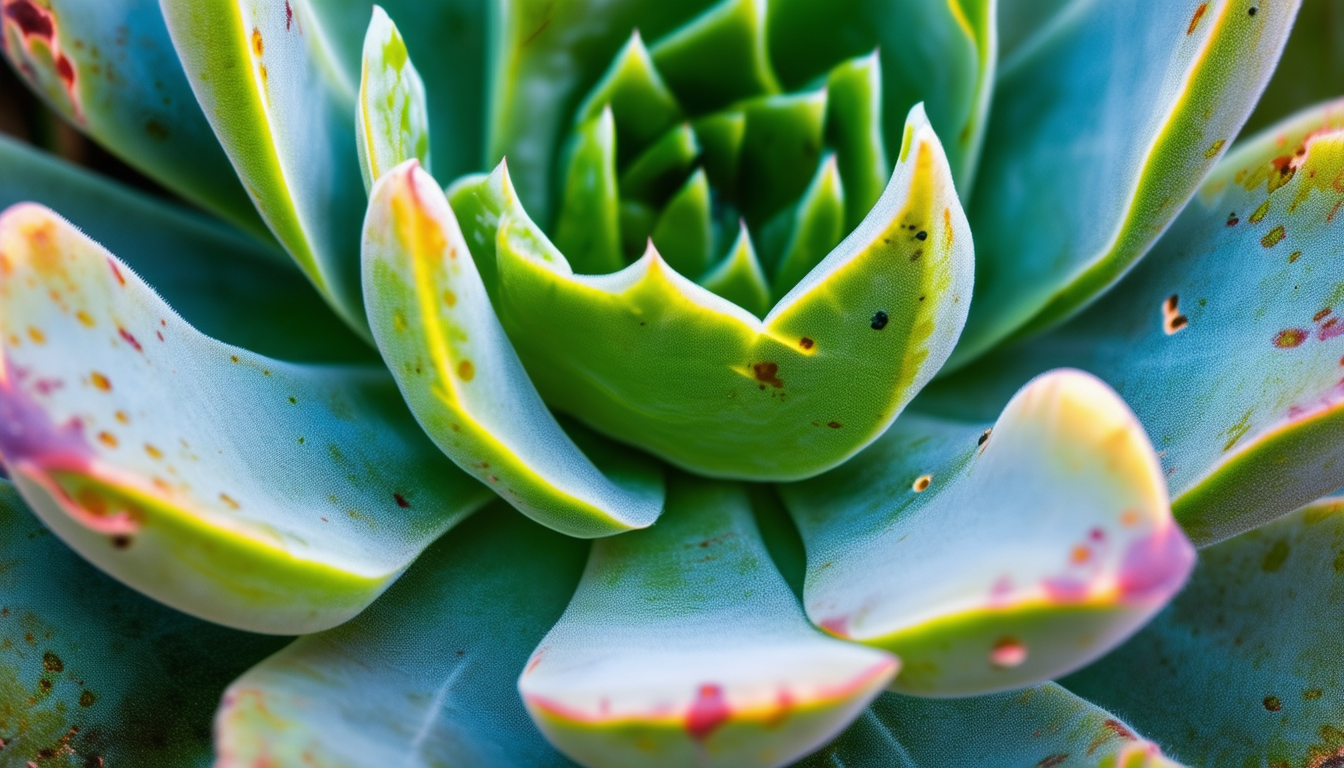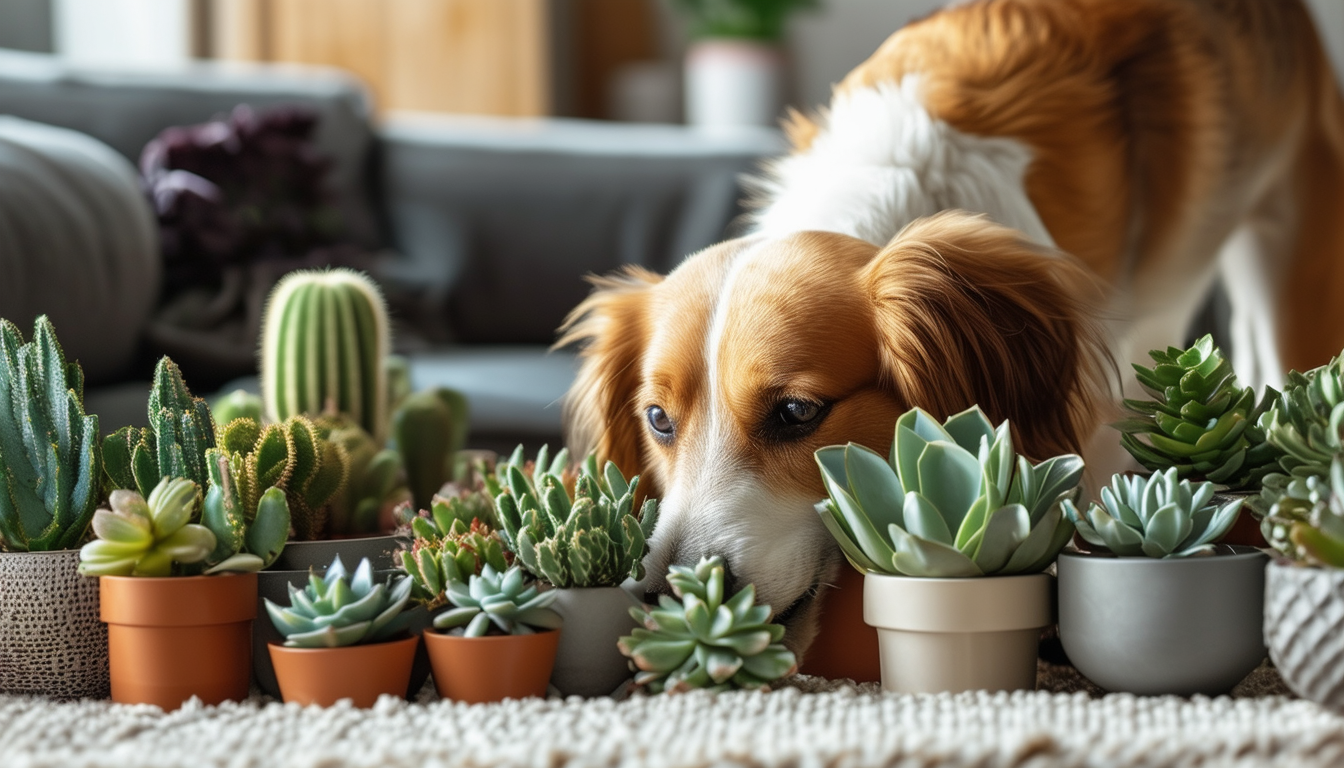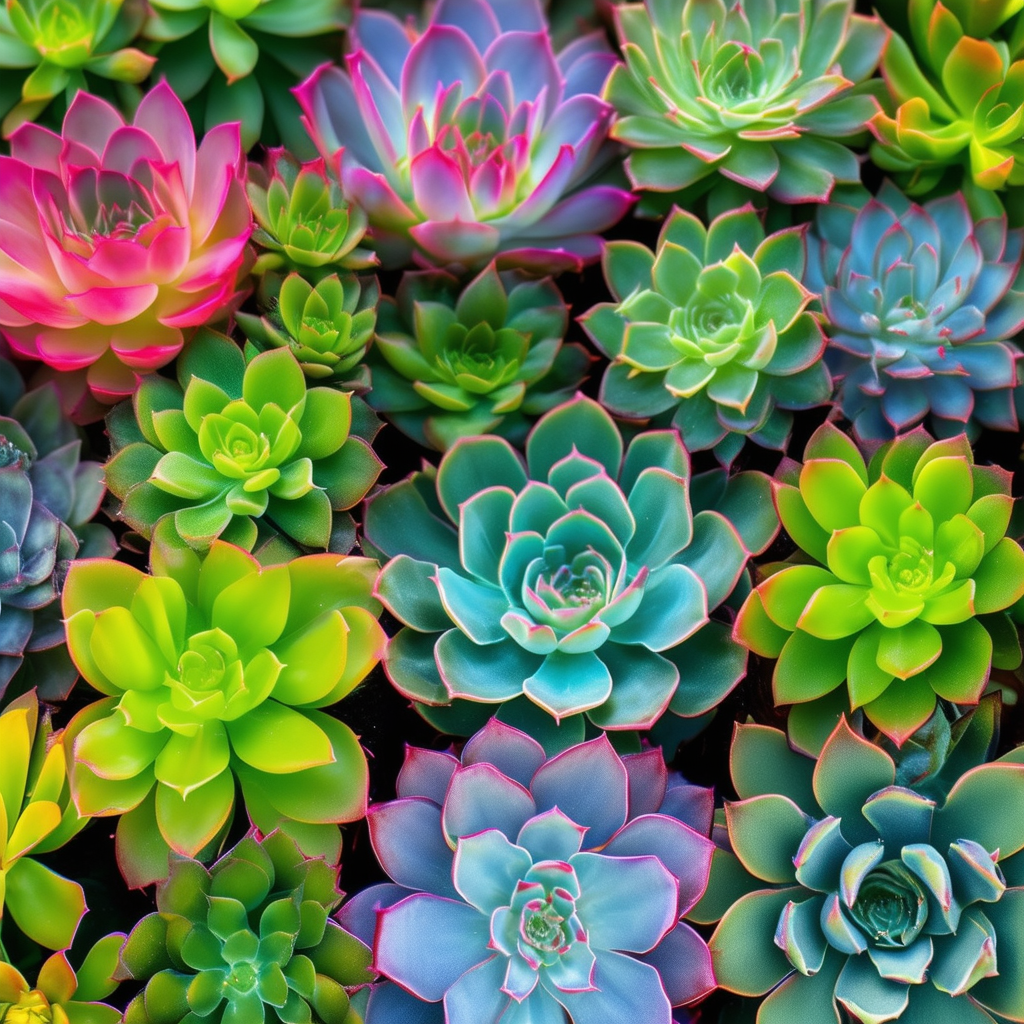
Discover how you can transform the hues of your succulents with simple, natural methods. Unveil the secrets to vibrant and colorful succulents that will be the envy of any plant lover.
Understanding the Science Behind Succulent Colors
Succulents are known for their diverse and vibrant colors, but have you ever wondered why they change colors? The answer lies in the pigments found within their leaves. Anthocyanins and carotenoids are the primary pigments responsible for the wide array of colors in succulents. These pigments react to different environmental factors, causing the plant to change hues.
Additionally, stress factors such as temperature variations, water levels, and sunlight exposure can trigger a defense mechanism in succulents, leading to a change in color. Understanding these scientific principles can help you manipulate the conditions to achieve your desired succulent colors.
Natural Factors That Influence Succulent Color
Several natural factors play a significant role in determining the color of your succulents. Sunlight is perhaps the most influential factor. Most succulents change color when exposed to direct sunlight, often turning red, purple, or blue.
Temperature is another critical factor. Cooler temperatures can stress the plant, causing it to change color. Watering habits also influence color; succulents that are slightly underwatered tend to have more vibrant hues. Finally, soil composition and nutrient levels can also affect the color intensity and variation in your succulent plants.
Simple Tips to Enhance Succulent Colors at Home
If you want to enhance the colors of your succulents, start by gradually increasing their exposure to sunlight. Be careful not to burn them, as too much direct sunlight can cause damage. Aim for a balance where the plants receive ample light but not to the point of scorching.
Adjusting your watering schedule can also bring out the colors in succulents. Try to water them less frequently to induce mild stress, which can result in more vivid colors. Additionally, consider using a specialized succulent fertilizer to ensure they receive all necessary nutrients for optimal color expression.
Common Mistakes to Avoid When Changing Succulent Colors
One common mistake is overexposing your succulents to sunlight too quickly. This can lead to sunburn rather than the desired color change. It's essential to introduce more light gradually.
Another mistake is overwatering. While it's tempting to water your plants frequently, succulents thrive on less water. Overwatering can lead to root rot and dull colors. Lastly, avoid using inappropriate soil mixes. Succulents need well-draining soil to maintain their health and vibrant colors.
Showcasing Your Colorful Succulents: Creative Display Ideas
Once you've achieved those beautiful, vibrant colors, it's time to showcase your succulents. Consider creating a succulent garden with a mix of different colored plants to create a stunning visual display. Use decorative pots and containers to add an extra touch of elegance.
Another idea is to create a vertical garden or a living wall. This not only saves space but also turns your colorful succulents into a piece of living art. Terrariums are also an excellent way to display your succulents and can be customized to fit any aesthetic.



